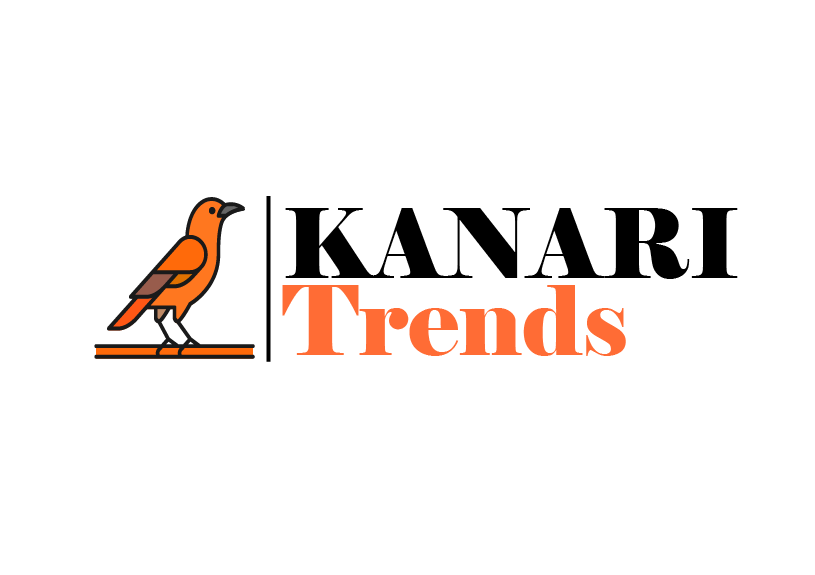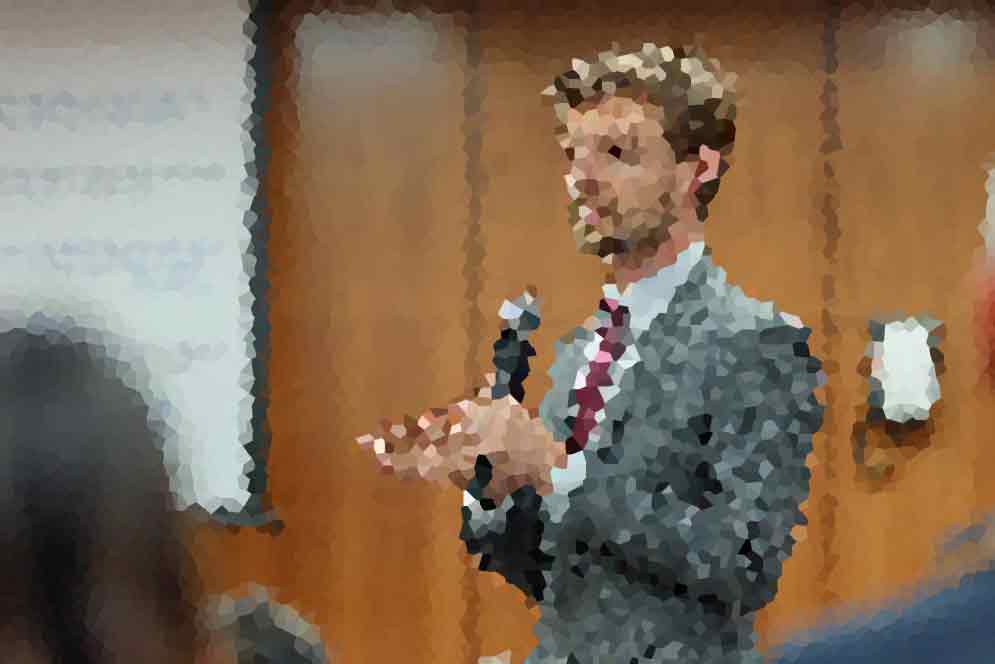By Tom Garba-Yola
Nigeria has birthed its first fully AI-generated song and music video—and it didn’t originate from the bustling streets of Lagos, the political hub of Abuja, or a high-budget record label. It came straight from Yola, the heart of Adamawa State in North Eastern Nigeria.
Titled “Once Upon Little Yola,” this vibrant, soul-stirring tribute to Yola has taken the internet by storm. But it’s not just the melody or message that’s turning heads—it’s the groundbreaking way it was made. Every element—lyrics, music, vocals, and visuals—was crafted entirely by artificial intelligence. No human voice was recorded. No music studio was booked. No seasoned artist held the reins.
Instead, the mastermind behind this feat is Julius Mbidomti, a Yola-based futurist, development advocate, and AI enthusiast. Not a musician. Not a filmmaker. Just a dreamer who, three weeks ago, had never touched CapCut video editing software.
<blockquote>In Kigali, it clicked,” Mbidomti said. “We talk about AI’s potential, but what if we showed it? I returned to Yola, fired up my laptop, and got to work</blockquote>
<a href=”https://www.youtube.com/watch?v=jJ6Chf8zLlM”>WATCH IT HERE</a>:
Straight Outta Kigali — Fueled by the Future
The spark for this project ignited at the Global AI Summit on Africa, held in Kigali in April 2025. Mbidomti, who attended the summit, found inspiration in sessions on Generative AI and the Creator Economy, which spotlighted how African youth could harness cutting-edge tech to break into the global creative scene.
“In Kigali, it clicked,” Mbidomti said. “We talk about AI’s potential, but what if we showed it? I returned to Yola, fired up my laptop, and got to work.”
What followed was a whirlwind of creativity: lyrics spun by large language models, beats and instrumentals sculpted by AI audio tools, vocals brought to life by voice synthesis, and visuals conjured through AI-powered image, video, and animation platforms. In just one week, a self-taught novice—who’d never made a music video before—wove it all together into a polished masterpiece.
Yola in Rhythm and Reimagination
“Once Upon Little Yola” is an Afro-fusion anthem pulsing with ancestral vibes, celebration, and hope. It opens with evocative lines:
“Back in my beloved home where blessings flow / Feel the power in my pulse when I touch this soil.”
The chorus swells with pride:
“Yola na gida — beautiful home / Where love and laughter belong.”
The accompanying video blends nostalgic glimpses of communal drumming, joyful dances, and sunlit dusty roads with futuristic AI-generated visuals—a seamless marriage of tradition and innovation that feels like digital folklore for a new Nigeria.
AI-Driven Creativity: A Game-Changer for Nigerian Youth
Beyond its tech wizardry, “Once Upon Little Yola” represents a seismic shift: the democratization of creativity. With millions of Nigerian youth grappling with unemployment or underemployment, this project proves that AI can shatter barriers to artistic expression. No costly equipment. No formal training. No industry insiders required—just a vision, an internet connection, and a willingness to dive in.
“I’m not aiming to be Burna Boy or Davido—those guys are giants,” Mbidomti quipped. “I’m showing that even an amateur can tell their story with tools anyone can access. This is youth empowerment in the digital age.”
A First of Its Kind
While Nigeria has flirted with AI in music before—think Eclipse Nkasi’s AI-assisted album Infinite Echoes or AkayCentric’s AI-themed climate change video Moving On—those projects still leaned on human vocals, songwriting, or creative direction. Once Upon Little Yola stands apart as Nigeria’s first 100% AI-generated work, from sound to screen, signaling a bold new frontier for African creativity.
The Future Just Got Local
Yola—often sidelined in Nigeria’s tech and cultural narratives—has catapulted onto the global stage. “Once Upon Little Yola” is more than a song; it’s a manifesto. It declares that with AI, anyone, anywhere, can craft something extraordinary and join the world’s cultural conversation.
If one non-musician with a laptop and a week’s worth of grit can pull this off, the question looms large: What’s next?







